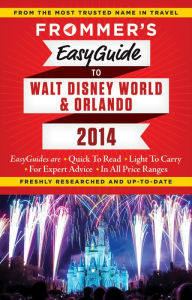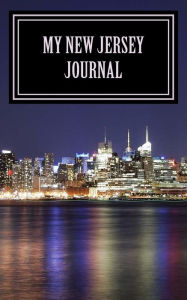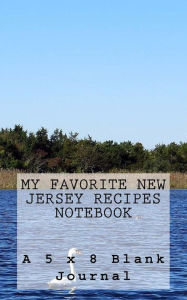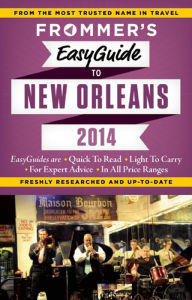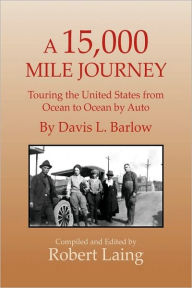
- Browse Category
Subjects
 We Begin at the EndLearn More
We Begin at the EndLearn More - Choice Picks
- Top 100 Free Books
- Blog
- Recently Added
- Submit your eBook
password reset instructions

There is no better way to see America than on foot. And there is no better way to appreciate what you are looking at than with a walking tour. This walking tour of Orangeburg, South Carolina is ready to explore when you are. Each walking tour describes historical, architectural landmarks, cultural sites and ecclesiastic touchstones and provides step-by-step directions.
Every tour also includes a quick primer on identifying architectural styles seen on American streets.
Orangeburg County and its county seat, Orangeburg, were named for William IV, Prince of Orange, the son-in-law of King George II. The name was first used in the 1730s for a township on the Edisto River, one of eleven townships created by the governing body of Charles Town. The original township, which was settled along the banks of the Edisto River, was 20,000 acres in size. The head of each family was given 50 acres of land and provisions for one year before departing from Charles Town. Swiss and German farmers moved into this region around 1735, and English settlers from the Lowcountry followed. The center of town in these early years was know as Public Square. The Square was bounded on its four sides by today’s streets of Broughton, Bull, Middleton, and Waring. The site of an early trading post, the Square continued to grow and became the center of downtown business, industry, finance, religious life, and entertainment. By the early 1800s, downtown provided its citizens with blacksmiths, lawyers, doctors, and shopkeepers.
The battle of Eutaw Springs was fought nearby during the Revolutionary War on September 8, 1781; it was the last major battle of the war in South Carolina. Large plantations using slave labor were established in Orangeburg in the nineteenth century, and the county became a major producer of cotton. Railroads arrived in the area early; Branchville became the first railroad junction in the state in 1840. Union troops under General Sherman passed through Orangeburg in February 1865.
The years following the Civil War brought positive changes. The town of Orangeburg was incorporated as a city in 1883. In 1887, a water system was built and leased to the city. A street trolley system was constructed in 1888. The trolley was mule-drawn during the day to carry passengers, but with the aid of a small steam locomotive, it was used to haul freight to various downtown businesses at night. Electricity came to the city in the 1890s, and before the end of the decade, Russell Street, the city’s main street, was lit with electric lights.
In 1926, the land along the Edisto River in downtown Orangeburg was cleared, filled in, and the first azaleas planted. In the early 1950s, 3,500 rose bushes were planted. The bank of the river, which was such a vital part of the early settlement, morphed into a panoply of springtime color. In 1972 the first South Carolina Festival of Roses, now called the Orangeburg Festival of Roses, was held. Each year since, thousands flock to Orangeburg in the spring to enjoy the beauty of the flowers.
Our walking tour will begin in the historic center of town where four courthouses were constructed over the years but none remain...
Less- Publication date
- Language
- ISBN
- January 16, 2016
- English
- 50f9173e-1e58-4a3c-8fd6-a723f78b0875









.jpg)


